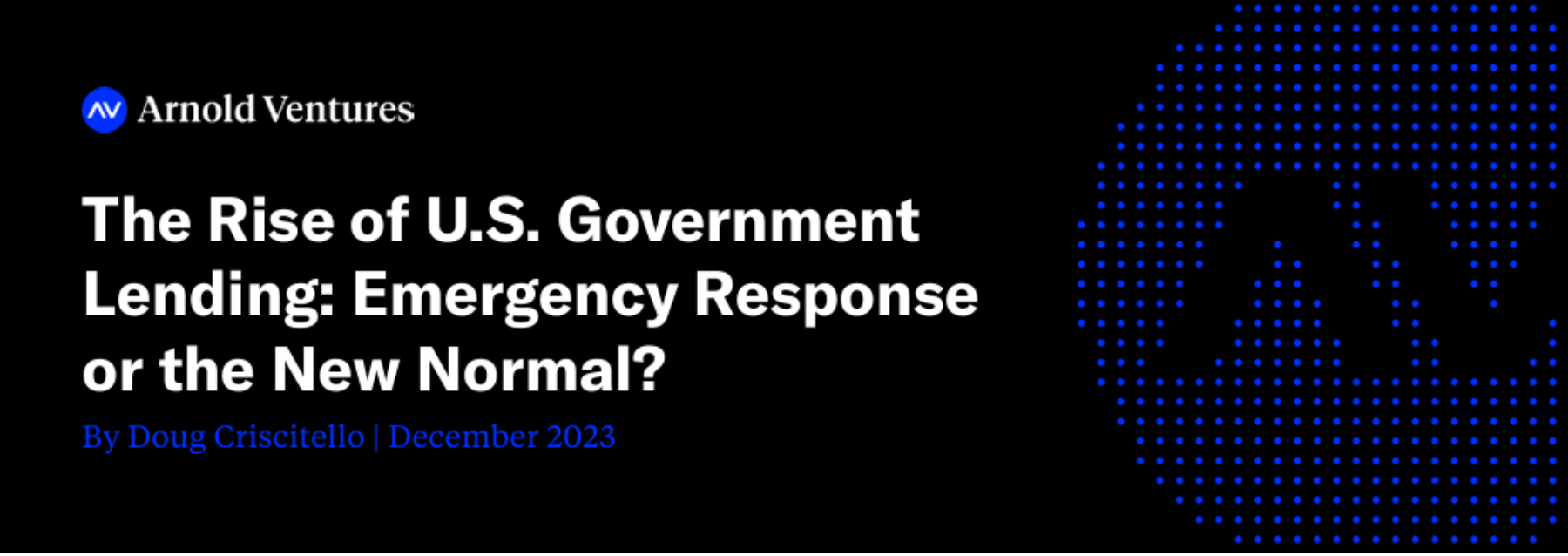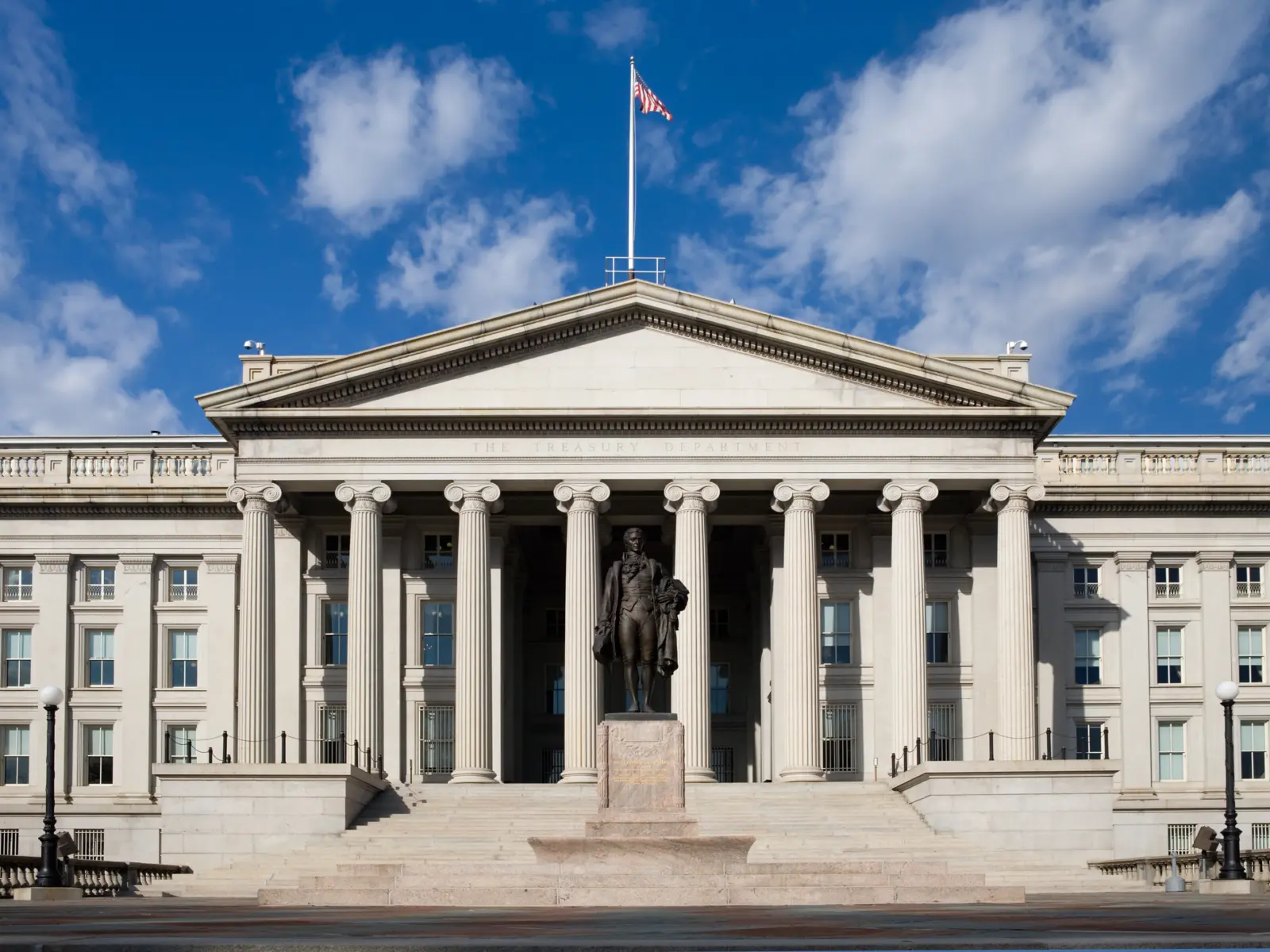In the past 15 years, the federal government has significantly increased its lending as a response to the 2008 financial crisis and again during the Covid-19 pandemic. Lending programs were opened and expanded to make it easier for homeowners, college students, and businesses to borrow money and manage repayment during especially unusual times.
However, while the crises have largely passed, the expansion in lending has remained. Time and again, the programs expanded with bipartisan support. The growth was influenced, in part, by budgeting methods that may not have fully shown the risks involved. While official estimates suggest reduced costs of government loans since 2008, taxpayers still bear the responsibility if the loans don’t perform as expected.
This paper examines the evolution of credit programs over the 15 years since the 2008 crisis, delves into the costs and implications for the government’s financial standing, and provides suggestions for designing and implementing loan programs to effectively tackle new challenges and policy priorities.
Read Doug Criscitello’s paper on federal credit program growth here.



